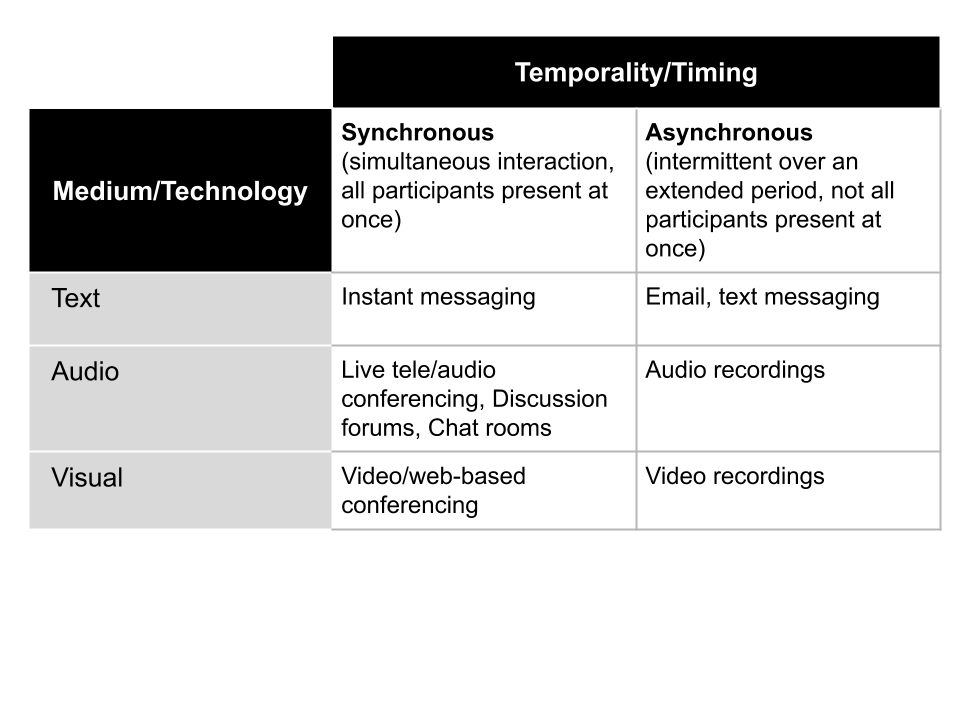
Types of action learning
Action learning takes many forms and is by no means limited to the types of action learning listed here. It may be appropriate for other approaches to be adopted.
The following is an extract from BALT in the world of action learning, a literature review by Bob Cother, which outlines a wider range of action learning models.

Multiple project action learning
A multiple project action learning set consists of 4 to 6 people, each with a particular project they are undertaking with their business. These problems can be quite wide ranging.
The action learning set meets periodically (eg. once a month). During the meeting, the set focuses on each participant in turn. The participant explains their project. The rest of the set bring their ‘fresh eyes’ to the situation, asking questions that help the participant clarify their objectives, plan a course of action and reflect on the effectiveness of their actions.
The session needs to be long enough to provide ample time to adequately address each participant’s situation. At the end of each set meeting, each participant should have some actions to try out before the next session.
At the next set meeting, they report on the outcomes. The other set members help them draw out what has been learnt and plan the next course of action. Everyone learns from each other’s experience.
Multiple project action learning works effectively even when there is a wide diversity of businesses at the table. In fact, some would suggest that the more diversity the better. In particular it is important that there are no direct competitors in the set.

Single project action learning
Single project action learning involves a set formed around a single project. This could be a shared problem or business opportunity. We call this ‘opportunity pull’ action learning. Often small businesses find this a more attractive prospect because it could lead to more immediate business growth opportunities.
Sometimes the opportunity is one that each business can pursue independently. For example a major infrastructure project may provide independent opportunities for earth moving, structural steel work, civil engineering, electrical works, plumbing, etc. In such cases, the single project set can operate in much the same way as a multiple project set.
Sometimes, the opportunity requires the set member to work as a collaborative consortium. In this case, it is important to choose the set members carefully. Ideally there will be a leader with a burning desire to grasp the opportunity. This person chooses the second collaborator, these two choose the third, these three chose the fourth and so on. Building of trust between set members is essential. It can be worthwhile for the set to include one or two outsiders with no vested interest in the opportunity, who are prepared to act as ‘fresh eyes’.
A single project action learning set will typically move through several phases; problem definition, stakeholder consultation, data collection, analysis, synthesis, action planning, recommendations and reporting, implementation, evaluation.

Self-managed action learning
Self-managed action learning (SMAL) is a methodology for setting up and supporting action learning sets to operate without a facilitator. SMAL focuses on developing the skills of action learning set members to facilitate themselves. The skills required have been identified as participation skills, facilitation skills and management skills (Bourner 2011).
SMAL requires that set members undertake some preliminary training to develop these skills and orientate members to the action learning process. Guidelines are provided, such as the underlying Values and Beliefs of action learning, an agenda and timeframe for set meetings, and a roster for the inevitable ‘cat-herding’ required to get everyone in the room on time. Early set meetings are facilitated by an experienced action learning facilitator, who may be brought back in periodically by the set at the request of the members, or if the set becomes dysfunctional.
Business Action Learning Tasmania (BALT) has developed materials and procedures for self-managed action learning, based on Bourner’s original program.

Virtual action learning
According to Dickinson et al, virtual action learning (VAL) is action learning which takes place in a virtual environment via a range of enabling, interactive and collaborative communication technologies. These include video and web-based conferencing (eg. Teams, Skype, Facetime, WebEx and GoToMeeting), text-only email and audio-only telephone conferencing.
Dickinson et al classify VAL as “synchronous” or “asynchronous” according to whether the communications take place simultaneously (as in a telephone call) or sequentially (as in a series of email exchanges). VAL can also be classified according to the communication media used; text, voice and visual. This leads to six combinations, as shown in the table below.

